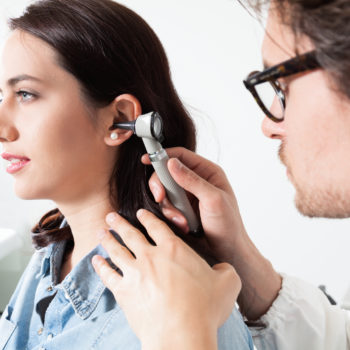The latest advance in surgery technology, the mechanization of surgical practice in medicine is gradually affecting almost all medical specialties of a surgical nature. Strong in urology and gynaecology, as well as in general and transplant surgery, the robotic surgery is offering interesting prospects also in otorhinolaryngology. We talked about it with Prof. Giuseppe Spriano, Head of Otolaryngology at Humanitas, who illustrated the techniques and advantages of this new approach.
Robotic surgery for the removal of tumors
The principle is to have the surgeon work “remotely”, putting him at the command of a console that controls 3 mechanical arms that intervene directly on the patient with great precision and a minimum margin of error compared to the work performed entirely by humans. The advantages of course are many: the small mechanical arms can fit into the patient’s mouth better than any human arm. Through the connected camera, the physician also enters the patient’s mouth and can act with an optimal level of illumination, also allowing the surgeon to see many areas hidden from the human eye without the technological support.
“The difference with respect to endoscopic use – explained Dr. Spriano – is that the laser can cut and coagulate lesions that are not in line with the visual axis of the surgeon”.
Better vision and less invasiveness
The main advantage of robotic surgery, in addition to greater precision, is that it allows to see areas that were previously invisible and difficult to treat. Robotics also allows you to see what’s “around the corner”, to perform various surgical maneuvers and even mount a laser fiber on one of the hands of the robot, reaching the deepest areas of the pharynx or larynx. That’s why it can also be used for tongue-based intervention in patients suffering from obstructive sleep apnea, where there is an interruption of breathing due to collapse of the respiratory tract so the patient first rushes and then has episodes of apnea. The most important application, however, concerns tumors of the pharynx or larynx, especially those that originate between the posterior part of the tongue and the larynx. Small tumours are removed through the mouth without going through the neck or jaw as was previously done.










